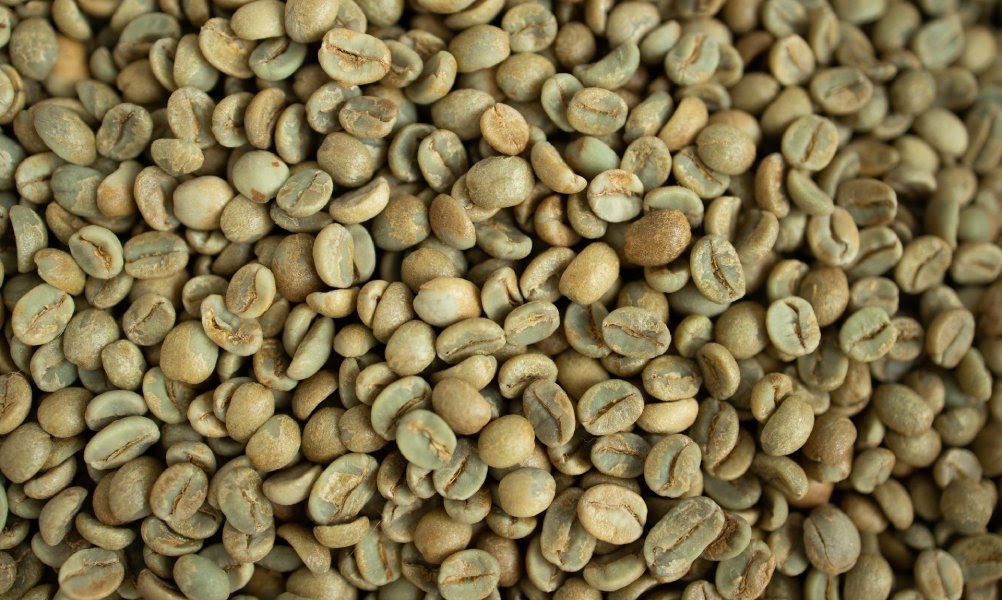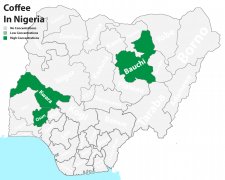How long is the shelf life of coffee beans? The aging of raw coffee beans causes the coffee to be too dry and soft.
How long is the shelf life of coffee beans?
Raw coffee beans can be preserved for 6 to 12 months, depending on how they are stored and the conditions under which they are stored. When you compare it with six weeks of roasted coffee beans or one or two weeks of ground coffee, it's no wonder more and more people are turning to raw coffee beans.
Having said that, the better you take care of raw coffee beans, the longer their life will be.

Take a look at the most important aging factors below.
Moisture: the water content of your beans will have a big impact on how long they stay stable. Too much moisture will cause the beans to become too soft, thus losing a lot of flavor. To make matters worse, wet areas are the main places for mold. Bacteria and other fungi and molds can destroy your raw coffee beans. It is important to carefully check beans for signs of mold, as ingestion of them can cause serious health risks. According to Java experts, the optimal humidity level is 60 per cent.
Temperature: like humidity, the best temperature for storing raw coffee beans is 60 degrees. This will keep your coffee rich and delicious without drying it. Storerooms are usually the best place because they are dry and cool. But be careful. If the position is too dry or too cold, it will also ruin your beans. Drying them will make the taste very bitter. It also affects the aroma.
Containers: coffee beans used to be shipped in burlap or jute bags, but the possibility that they become too wet or dry is very real. It is usually best to store beans in airtight cans or containers, but zipper bags and other similar containers can also be used. Some people recommend using refrigerators, but as we mentioned, some experts say that freezing burns can cause damage with the drying effect of cold. Condensation may also occur during thawing, resulting in mildew. Although the jury is not sure whether it is a good idea to freeze them, we suggest whether you intend to do so, just freeze them for a period of time, and then divide them into several parts of containers.

For example, information about how long beans have been placed before being shipped to their retail locations is not always available. You may not know how beans are transported and stored, which can affect their shelf life, not to mention flavor and aroma.
Tai Gan: when you look at green beans, you want to find beans that are not too dry. Being too dry indicates that they may have been left for some time after being extracted from the coffee fruit. This may also indicate that they are shipped in burlap bags, although most coffee bean suppliers now use more efficient plastic linings.
Too soft: beans that are too soft may be exposed to high humidity. Even if mold is not a problem, raw coffee beans that are too soft will lack the flavor and flavor that many people look for in the brewing process.
In addition, we should guard against the sale of raw coffee beans. In the field of coffee distribution, the time of arrival of coffee beans affects the way they are sold. For example, "new crops" are considered to be the freshest beans because they have arrived recently. Once new goods enter, the "new crop" will automatically become the "crop of the past". Many dealers will sell their "crops of the past".
You usually can't tell how far the arrival date of a new crop is from that of the past. This is why it is important to check your raw coffee beans for signs of drying, which will remind you how long they have been on the shelf.
Conclusion
Raw coffee beans not only have a longer shelf life than roasted coffee, but also have advantages that old-fashioned coffee does not have.
Important Notice :
前街咖啡 FrontStreet Coffee has moved to new addredd:
FrontStreet Coffee Address: 315,Donghua East Road,GuangZhou
Tel:020 38364473
- Prev

Everything you need to know about coffee cherries Coffee is actually a fruit? Coffee processing methods
Not every coffee lover knows that coffee beans are actually seeds of coffee cherries. Do you want to know how it went from fruit to your everyday cup? Although coffee cherry pulp has a direct impact on the taste of coffee beans, the pulp remaining during processing is considered waste. But it has some surprising benefits and now has a number of different uses. Want to know more about this?
- Next

Explore the coffee industry in Nigeria () Nigeria coffee bean flavor production development story and brand
Coffee was first introduced to Nigeria in the late 19th century and first recorded exported in 1896. Coffee has been a major cash crop for farmers in the country for decades. However, into the 21st century, coffee production in the country began to decline. Although Nigeria farmers planted about 89,000 60-kilogram bags of coffee in 2006, that number
Related
- Detailed explanation of Jadeite planting Land in Panamanian Jadeite Manor introduction to the grading system of Jadeite competitive bidding, Red bid, Green bid and Rose Summer
- Story of Coffee planting in Brenka region of Costa Rica Stonehenge Manor anaerobic heavy honey treatment of flavor mouth
- What's on the barrel of Blue Mountain Coffee beans?
- Can American coffee also pull flowers? How to use hot American style to pull out a good-looking pattern?
- Can you make a cold extract with coffee beans? What is the right proportion for cold-extracted coffee formula?
- Indonesian PWN Gold Mandrine Coffee Origin Features Flavor How to Chong? Mandolin coffee is American.
- A brief introduction to the flavor characteristics of Brazilian yellow bourbon coffee beans
- What is the effect of different water quality on the flavor of cold-extracted coffee? What kind of water is best for brewing coffee?
- Why do you think of Rose Summer whenever you mention Panamanian coffee?
- Introduction to the characteristics of authentic blue mountain coffee bean producing areas? What is the CIB Coffee Authority in Jamaica?

